Florida Keys
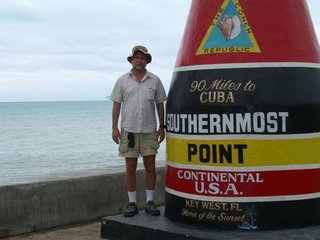
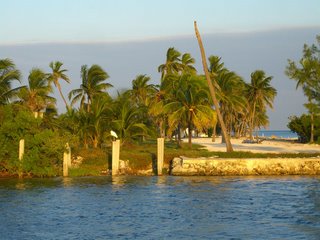
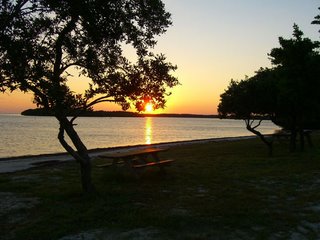
The Florida Keys are a long chain of keys (islands) that stretch south from
The upper keys of
Our destination on Nov 15 was
We are finding that the
The cooler and less humid weather made for a great visit to
A summary of the Beckman's explorations in our new Tiffin Phaeton.



The Florida Keys are a long chain of keys (islands) that stretch south from
The upper keys of
Our destination on Nov 15 was
We are finding that the
The cooler and less humid weather made for a great visit to
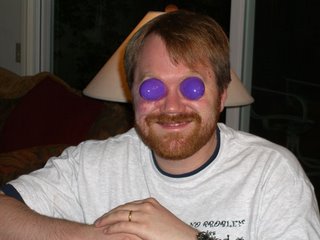
On Tuesday afternoon we heard a rumbling sound and thought it was another cruise ship coming into the port. Much to our surprise, we spotted a silver object fly over our RV and descend to the beach behind us. Priscilla grabbed her camera and was able to sneak up on the “ship”, where she got the attached picture of a strange being.
We will keep you apprised of future events.
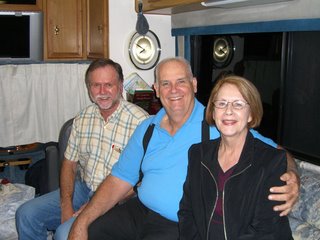
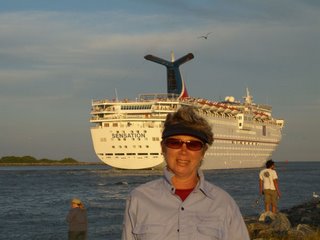
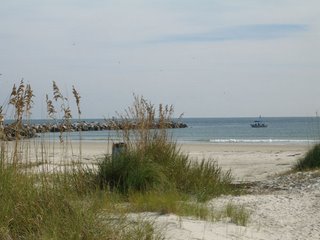
We left
The highlight of the trip, however, was to reconnect with old high school friends. We spent a great evening with Bill W. who has lived here all of his life and shared many stories about local people and times. We met George and Lois R. for another wonderful evening and getting caught up on family and the last few years. Pris spent a lot of time with her best friend from high school Sharon F. who also happened to be visiting the area.
This area is known for its great fishing and seafood. So we had to have local crab, shrimp and oysters. They have a type of shrimp that is unique to this area that is called rock shrimp. It is smaller but tastier than regular shrimp. I had to have it twice for our son John who has scoured many seafood restaurants looking for it. We thought about you John.
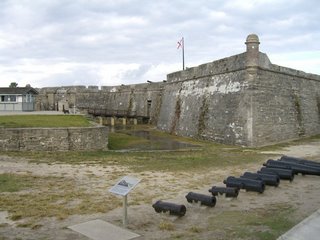
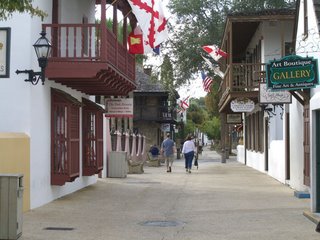
One of the highlights of the
This is at the top of our list of wonderful cities to visit.
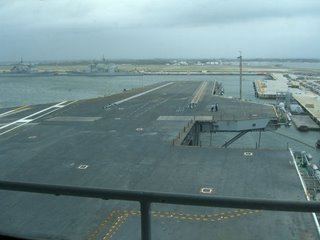
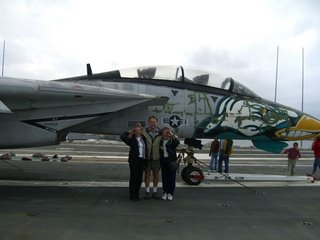
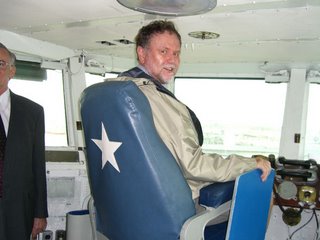
Our campsite at Hanna Park is about 2-3 miles from the turning basin. From the beach and from the small town of
Then last week, Terry W mentioned that a member of his church was going to arrange a tour of the carrier, which turned out to be the USS John F. Kennedy. Would we like to go? Are you kidding?
The church member Tom C was a naval aviator and actually flew off the Kennedy when it was first commissioned in 1968. Some of the stories he told were very interesting, not the type the Navy wants us to know about!
There were about 20 of us that took advantage of the wonderful offer. Tom was actually piped aboard as a naval captain retired. I don’t think JPL does that.
We were given a very complete tour, including the hangar deck, flight deck, the
The full operational compliment is 5000 sailors, 3000 to sail the ship and 2000 to service the air arm. The air arm can be up to about 70 aircraft. That is larger than most of the nations air forces around the world!
The Kennedy is slated for decommissioning and does not have an air arm on board. So there are no operational fixed wing aircraft on board. There is one gutted F 14 on the flight deck for the crew to practice.
Thanks to Tom, this tour was special.